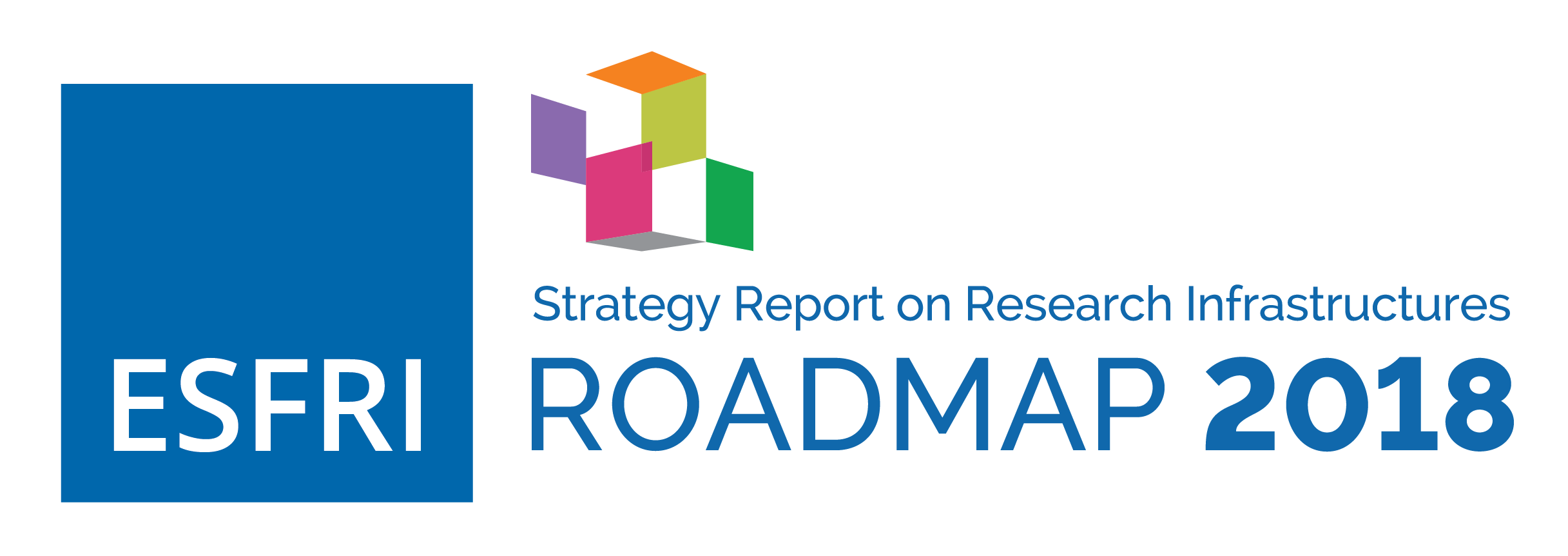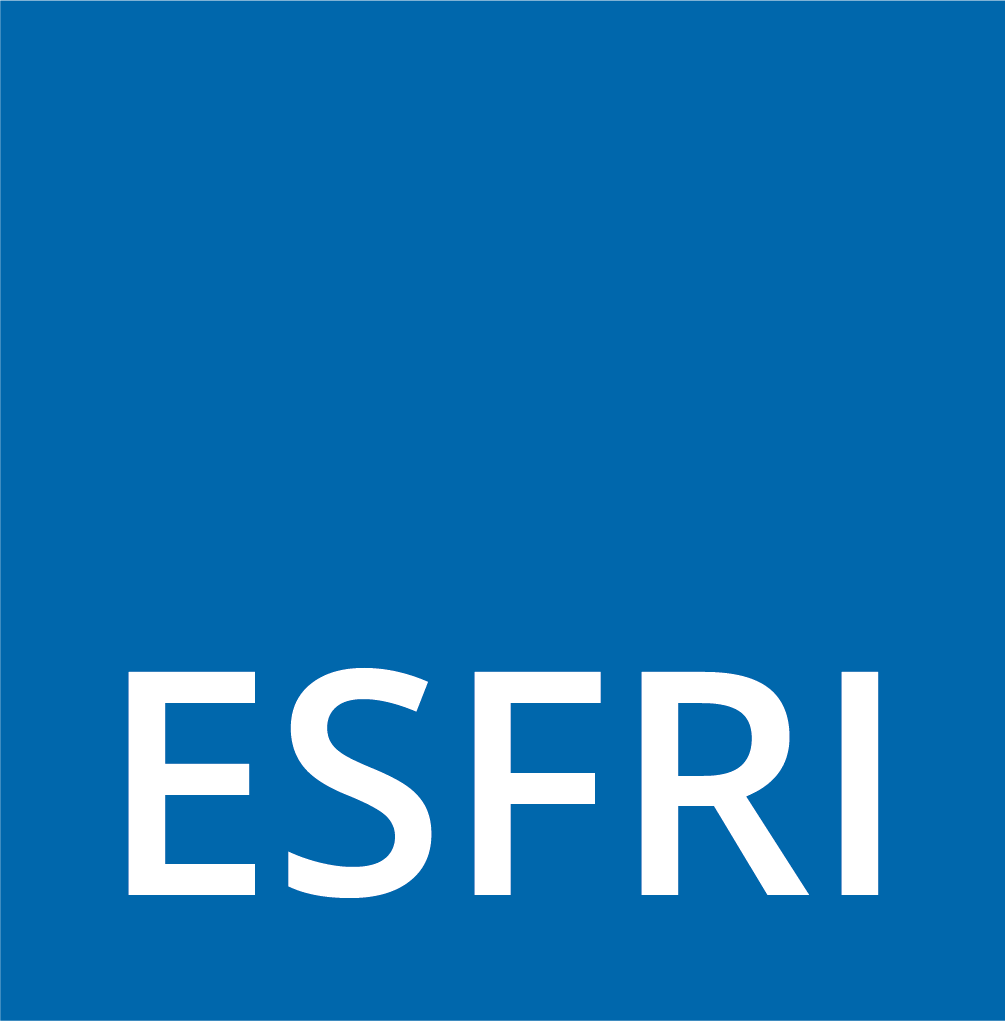Current Status
The digital aspect of the currently most prominent ESFRI Landmarks and ESFRI Projects is outlined below to testify the progress in the use of digital techniques throughout SSH research methodologies.
Scientific databases are a crucial part of the pan-European infrastructures and more generally in the global science system. Effective access to research data, in a responsible and efficient manner, is required to take full advantage of the data and the possibilities offered by the rapidly evolving digital technology. Accessibility to research data is an important condition for maximising the research potential of new digital technologies and networks. An open and democratic access policy not only provides scientific advantages to the whole academic community, it also provides greater returns from public investments in research activities.
The ESFRI Landmark CESSDA ERIC (Consortium of European Social Science Data Archives) is a distributed Research Infrastructure that provides and facilitates researchers’ access to high quality social science data and supports their use of this data. The CESSDA Work Plan 2017 informs about significant improvements in information retrieval across the range of relevant service providers and other sources. In this regard, the CESSDA Product and Service Catalogue (PaSC) will be made fully operational in 2018, and a new retrieval tool is under development. Other improvements are in the areas of metadata management, technical architecture, PID policy, and outreach to new scientific cohorts through workshops on data discovery, collaborative data management, etcetera. CESSDA does not disseminate data itself, it coordinates the activities of the national data service providers across Europe. In total it holds, curates and provides access to several thousands of separate data collections, supporting a European-wide user community. CESSDA operates within a global data environment, with reciprocal data access arrangements and agreements established with other data holding organisations worldwide.
The ESFRI Landmark ESS ERIC (European Social Survey) is an academically driven long-term pan-European survey designed to chart and explain the interaction between Europe’s changing institutions and the attitudes, beliefs and behaviour patterns of its diverse populations. ESS recently announced 100k registered users. The ERIC updated its Multilevel Data resource in June 2017. Italy, Slovakia and Spain were the final countries to confirm that they will take part in Round 8 (2016/17) of the European Social Survey alongside 21 other European countries. ESS has a broad scientific network and is widely used for academic publications: 109.063 users were registered by the end of August 2017; 76.677 users have downloaded ESS data from all over the world by end of August 2017. Bibliometric data from a google scholar analysis shows 3.140 ESS publications and citations based on ESS data recorded in the period 2003-2015; 2.821 outputs and publications are registered in the ESS online bibliography as of 5 September 2017ESS User Statistics http://www.europeansocialsurvey.org/about/user_statistics.html. In addition, HypeStatHypeStat https://hypestat.com/ states: europeansocialsurvey.org receives about 650 unique visitors and 2.210 (3.40 per visitor) page views per day.
The ESFRI Landmark SHARE ERIC (Survey of Health, Ageing and Retirement in Europe) is the upgrade into a long-term Research Infrastructure of a multidisciplinary and cross-national panel database of micro data on health, socio-economic status and social and family networks of about 110.000 Europeans aged 50 or over. SHARE covers 27 European countries and Israel. The main data collection of Wave 7 is under way in all these countries. As the largest pan-European Social Science Panel Study, SHARE broke a new country record – there have never been more countries in one wave. 6.400 SHARE users were recorded in February 2017. Furthermore, new country teams in Romania, Cyprus and Slovakia were established between 2016 and 2017. SHARE had more than 7.000 users by July 2017. Overall 1.836 publications were produced with SHARE data, 815 were peer reviewed articlesSHARE Project http://www.share-project.org.
The ESFRI Landmark CLARIN ERIC (Common Language Resources and Technology Infrastructure) provides easy and sustainable access to digital language data – in written, spoken, video or multimodal form – and advanced tools to discover, explore, exploit, annotate, analyse or combine them, wherever they are located. In 2018, CLARIN has 20 Members, two Observers and one third country institution (Carnegie Mellon University, USA). CLARIN has a global vision, although the focussed user community is European (EU and Associated States). In 2018, CLARIN has more than 40 centres and more than 160 institutes. EuropeanaEuropeana https://www.europeana.eu has 800.000 resources listed in CLARIN’s Virtual Language Observatory (VLO). The number of monthly visits to the CLARIN website is slowly growing since January 2015. In addition, there is a steady increase in the number of visits to the Discovery Service – used during single-sign on to CLARIN service providers. This can most probably be explained by the increase of the number of services available and their growing popularity.
The ESFRI Landmark DARIAH ERIC (Digital Research Infrastructure for the Arts and Humanities) is aiming at enhancing and supporting digitally enabled research and teaching across the Arts and Humanities. During 2017, DARIAH launched its Teaching Platform in Digital Arts and Humanities.
The ESFRI Landmarks CLARIN ERIC and DARIAH ERIC have collaborated on the relaunch of the Digital Humanities Course Registry. Recent workshops have focused on Data Management, Software Sustainability, Research Ethics, Access, Staff Training, Impact, etc. Numerous universities and libraries joined as cooperating partners in the first half of 2017.
The ESFRI Project E-RIHS supports research on heritage interpretation, preservation, documentation and management. It connects researchers in the humanities and natural sciences and facilitates a trans-disciplinary culture of exchange and cooperation. E-RIHS enables the provision of state-of-the-art tools and services to cross-disciplinary users and communities. It aims at the advancement of knowledge about heritage and the division of innovative strategies for its preservation. Based on the preliminary work done in the framework of the H2020 IPERION-CH project started in May 2015, the ESFRI Project E-RIHS is currently in the Preparatory Phase which will be used to address legal status and governance/management organization. This will lead to the foundation of an ERIC – or another suitable legal form – to be launched in 2020. Further developments are planned for connecting and including partners and facilities outside the EU, and gradually reaching the status of a global distributed Research Infrastructure.




